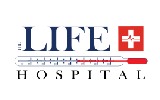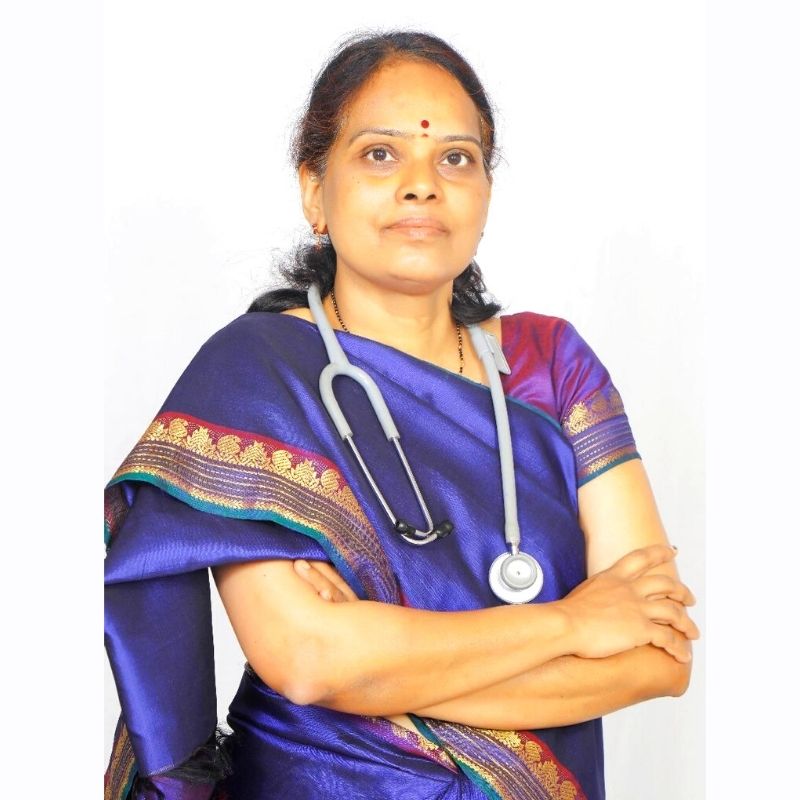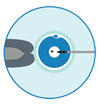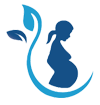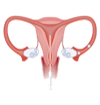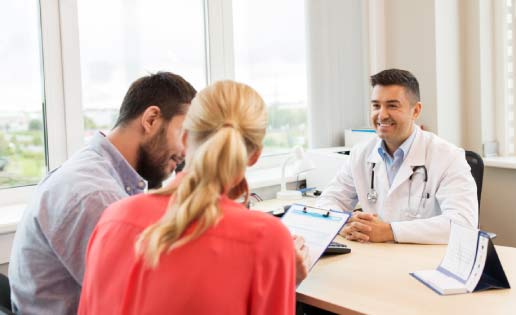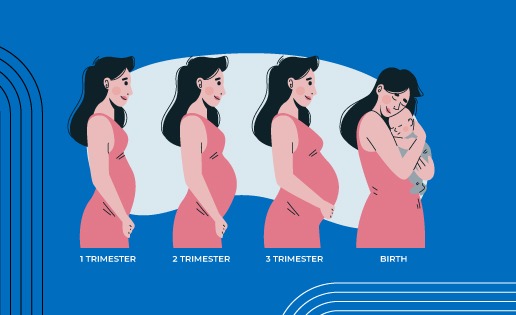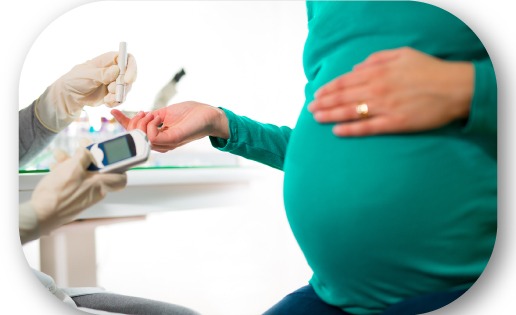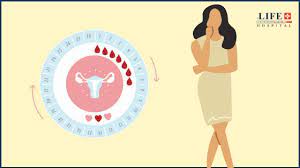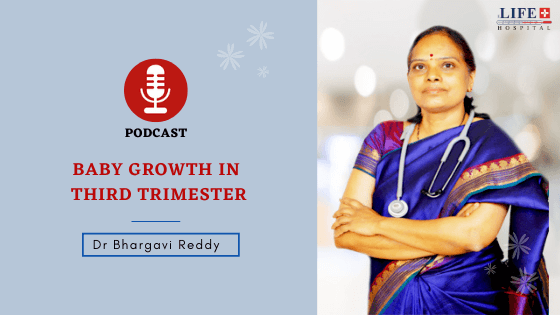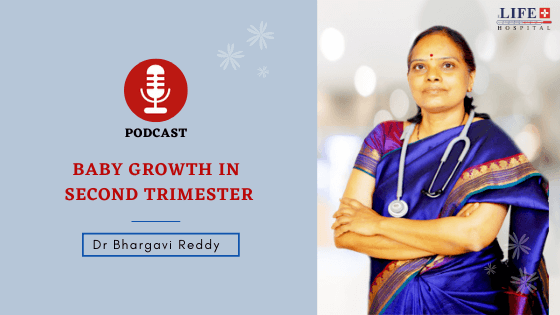Embrace parenthood with the best Follicular Scan with Ovulation Induction
The female reproductive system has small tissues called ovarian follicles that contain and release eggs for fertilization during ovulation.
THE LIFE PLUS HOSPITAL is COVID 19 Safe
1. Our Hospital premises are COVID safe
2. Regular sanitization of clinic & hospital premises
3. Immediate medical assistance through Online Consultation
Embrace parenthood with the best Follicular Scan with Ovulation Induction
The female reproductive system has small tissues called ovarian follicles that contain and release eggs for fertilization during ovulation.
THE LIFE PLUS HOSPITAL is COVID 19 Safe
- Our Hospital premises are COVID safe
- Regular sanitization of clinic & hospital premises
- Immediate medical assistance through Online Consultation
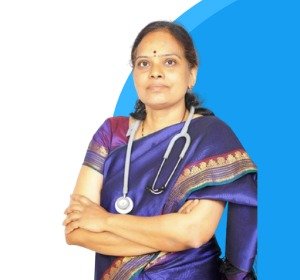
Follicular Scan with Ovulation Induction
A woman is born with millions of immature eggs waiting to be released from the ovary. During ovulation, a mature egg is released through the fallopian tube, and becomes available for fertilization. Since an egg and a sperm fuse to form a baby, to prepare for the same, the uterine walls thicken in anticipation. In the event that no conception occurs, both the uterine lining and blood will be shed by the body as the monthly process of menstruation.
An egg is available to be fertilized by a sperm for only 12-24 hours, and at a given ovulation cycle, it is just one mature egg that is released. If the patientis trying for pregnancy, this is the time to have an intercourse to get favourable results. Most women who have regular menstrual cycles will ovulate between day 11th and 21st day of the cycle, counted from the first day of the last menstrual period. However, this is not necessary, and many women may ovulate at different times or different day each month. This is why it is important to track the menstrual cycles and hence ovulation.
Let's Schedule Your Appointment
Treatment
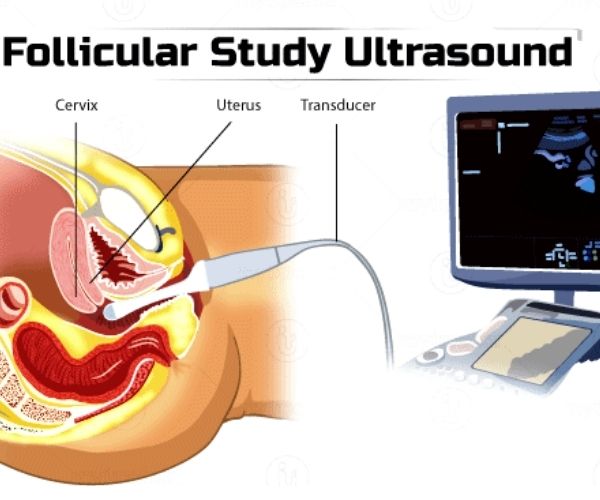
Steps of ovulation induction
1. Ovulation-inducing medication – Drugs that stimulate ovaries to produce follicles containing eggs or oocytes are called ovulation-inducing agents.
2. Egg tracking – Follicular study is an ultrasound evaluation of the ovarian follicles containing oocytes (eggs). The monitoring is usually commenced from day 9 of the menstrual cycle. The follicle number, size, and rate of growth are studied by ultrasound. Ultrasound may be done on alternate days or daily if required. Depending upon the growth of the follicle, the type and dose of medications may be altered.
3. Development of follicles: Our aim is the development of one or two follicles ≥ 18 mm in size, after which ovulation is facilitated by an injection called hCG. Ovulation is expected to occur 24 to 36 hours after the injection and timed intercourse will be recommended.
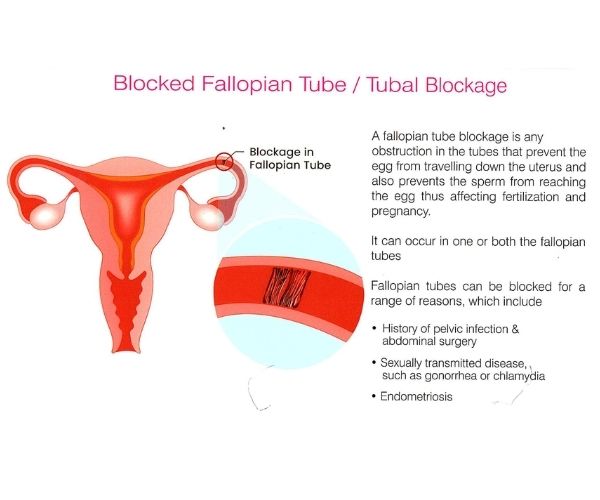
Our Doctors
Why The Life Plus Hospital?
 The Life Plus Hospital is COVID-19 safe
The Life Plus Hospital is COVID-19 safe
Your safety is taken care of by thermal screening, social distancing, sanitized clinics, and hospital rooms, sterilized surgical equipment, and mandatory PPE kits during surgery.
 Medical Expertise With Technology
Medical Expertise With Technology
Our Doctors spend a lot of time with you to diagnose your condition. You are assisted in all pre-assisted Hospitalisation process. We offer advanced laser and laparoscopic surgical treatment. Our procedures are USFDA approved.
 Assisted Surgery Experience
Assisted Surgery Experience
A dedicated Medical Coordinator assists you throughout the surgery journey from insurance paperwork, to free commute from home to hospital & back and admission-discharge process at the hospital.
 Post Natal Care
Post Natal Care
We offer free follow-up consultations and instructions including dietary tips as well as exercises to every patient to ensure they have a smooth recovery to their daily routines.
The Life Plus Hospital in Numbers
IVF / ICSI
Surrogacy
IUI
Healthy IVF Babies
Once you’ve made the momentous decision to have a baby, you and your partner would want things to move ahead without any possible hiccups or hurdles. Tracking your ovulation and timing your intercourse is undoubtedly the key behind a successful conception !
If you have been trying to get pregnant for a few months, and consult a doctor, you will be advised to go through Follicular Study or a Follicular Scan every month to keep a track on your ovulation cycle.
What is a Follicular Study ?
A Follicular Study is a series of scans that help you know when you are ovulating. Generally, these scans will start around day 9th of your cycle and continue till ovulation occurs. The doctor observes the follicle development occurring in your ovaries to calculate the exact time when the egg will be released. If a couple plans intercourse at that time, it maximizes the chances of conception. Sounds simple and easy? Not really.
Why Follicular Study may not help !
Researches reveal that even after tracking your cycle via ultrasound, it will take few months to conceive successfully. Given that you will need to track your ovulation for a few cycles, lets see how follicular scans could be more detrimental to trying to conceive rather than make the process faster:
1. Additional stress can actually reduce fertility.
The biggest problem with follicular studies is that the additional stress and the kind of impact it has on your chances of conceiving. Not just you have to go to the clinic and wait for scans every day, the traffic and long commute adds to the frustration.
It’s a proven fact that this kind of mental pressure might actually bring down the fertility levels and a desire to have sex, which further reduces your chances of conception.
2. Work and career gets affected.
We lead busy lives these days, and spending hours travelling and sitting in the doctor’s office is not easy or practical. Regular follicular scans would essentially mean taking leaves from work and added stress of missing meetings and deadlines.
3. Operator dependent results
Scan centers often reduce the number of scans from the prescribed 6-7 to actually 3-4 to cause less inconvenience. However, it leads to confusion and results subject to the interpretation of the ultrasound machine operator.
4. Limited accuracy with abdominal scans.
The ideal protocol to perform a follicular study is trans-vaginal scans but most scanning centers do an abdominal scan to reduce the intrusiveness of the procedure. This leads to low clarity of the scans and reduced accuracy.
Fertility Monitor – A stress-free method to conceive!
A Fertility Monitor is a home device that lets you find your ovulation time by measuring the levels of the two hormones that control your ovulation.
- It is proven to increase your chances of conception by up to 89%.
- Predicts the 6 most fertile days specific to your body by measuring Estrogen & Luteinizing Hormone in urine.
- The results shown by a Fertility Monitor are accurate and easy to interpret. It is convenient and portable – unlike follicular scans, you don’t need to go to the lab multiple times every month.
- Fertility Monitors track your cycles even if they are irregular.
What is ovulation induction?
When an egg is released from one of the ovaries, this is known as ‘ovulation’. In women with regular menstrual cycles, this happens approximately once a month.
In some women, the follicles that hold the eggs don’t mature regularly and so the woman ovulates irregularly, rarely or not at all.
Ovulation induction is a straightforward fertility treatment that involves taking oral or injectable medication to stimulate regular ovulation. The medication is usually taken at the beginning of the menstrual cycle and the body’s response is monitored through the cycle using ultrasound. The clinician can then see when you are due to ovulate and therefore the best time for intercourse or insemination.
How is ovulation induction achieved?
The medications and dosages to induce ovulation are tailored to suit you as an individual. Your clinician will advise when you should start medications to stimulate the ovaries and will recommend a program of monitoring by ultrasound scans and sometimes blood tests.
The fertility drugs that you may need to take to induce ovulation include:
Follicle Stimulating Hormone (FSH – Puregon/Gonal F) daily injections stimulate the ovary to produce egg-containing follicles and encourage those follicles to mature.
Clomiphene citrate (Clomid) or Letrozole tablets trick the pituitary gland into producing more follicle stimulating hormone to help follicles develop. They are usually taken from day 2 to day 6 of the menstrual cycle.
Human Chorionic Gonadotrophin (hCG – Ovidrel/Pregnyl) injections are used once the follicles are mature to start ovulation.
Will I need other treatment combined with ovulation induction?
Every couple is unique and, depending on your fertility history and the man’s semen analysis, you may need additional treatments to increase your chance of becoming pregnant.
In simple cases, inducing ovulation and recommending sexual intercourse at the right time to coincide with that ovulation may be all that are needed. This is called Timed Sexual Intercourse (TSI) and the clinician will tell you the best times for intercourse based on your ovulation stimulation treatment and ultrasound scans.
Ovulation induction can also be combined with Intrauterine Insemination (IUI) – (see separate fact sheet). This involves extracting sperm from the man’s semen sample, concentrating them in the laboratory and placing them directly into the uterus to coincide with ovulation. This approach can be useful even if the man’s semen analysis is not quite ideal as we can concentrate the sperm in the lab.
For IUI, the man usually produces a fresh semen sample at the Life Fertility Clinic, but it can also be used with thawed frozen samples including donor sperm.
A few hours later, once the sperm has been prepared, the woman attends the clinic for insemination, which is a simple procedure using a thin catheter inserted through the cervix (similar to having a pap smear).
Does ovulation induction have any risks?
For most women, ovulation induction is a straightforward process but, like all medical treatments, it has some risks.
The main risks are:
OHSS (Ovarian Hyper-stimulation Syndrome) – This is a rare problem where a woman over-responds to the ovulation induction and can experience symptoms including pain, bloating, nausea and vomiting. Symptoms range from mild to severe and, in worst cases, need urgent hospital treatment.
We minimise the risk of OHSS by monitoring your treatment cycle with ultrasound scans, and sometimes blood tests. If we see potential for OHSS to develop, we adjust or discontinue the medication. Your doctor will explain the symptoms to watch out for so you can let him/her know immediately if you experience anything worrying.
Multiple Pregnancy – When the ovaries are stimulated, it is possible for more than one follicle to mature and release an egg at the same time. This could result in a multiple pregnancy. Our ultrasound monitoring checks for this and we adjust or stop medication and/or recommend abstinence from intercourse if we see too many follicles developing.
Get in Touch
Tell us about your problems and we’ll figure out the best treatment option for you.
Life Plus hospital
Women and Child Care Hospital in Indiranagar | LifePlus Hospital
At Life plus hospital, we offer a comprehensive range of women’s health services. The Department is managed by highly experienced lady gynecological doctors who offer specialized attention and compassionate care for women
Let's Schedule Your Appointment
IUI & IVF Success Story
https://youtu.be/3sBjEYtzV2Y
Follicular Scan with Ovulation Induction Faq's
A woman is born with millions of immature eggs waiting to be released from the ovary. During ovulation, a mature egg is released through the fallopian tube, and becomes available for fertilization. Since an egg and a sperm fuse to form a baby, to prepare for the same, the uterine walls thicken in anticipation. In the event that no conception occurs, both the uterine lining and blood will be shed by the body as the monthly process of menstruation.
A follicular study helps in ascertaining the size of any active follicles in the ovaries that can contain an egg and effectively predict ovulation so that fertilization can take place naturally. After a follicular scan, a couple can try for pregnancy when ovulation is likely to happen. If pregnancy is to take place through a fertility treatment, the scan helps to determine the presence of follicles and the best time to extract an egg for fertilization.
Performed via an transvaginal ultrasound, a follicular study examines the ovarian follicles and takes pictures of the internal organs which are further analyzed. The scans are done by inserting a small plastic probe into the vagina. The doctor will be able to tell the approximatetime when the egg will be released, and thus a couple can plan an intercourse at that time to maximize the chances of conception. The tissues containing eggs and the thickness of the endometrial lining are studied to determine the period that the patientislikely to ovulate.
When an egg is released from one of the ovaries, this is known as ‘ovulation’. In women with regular menstrual cycles, this happens approximately once a month.
In some women, the follicles that hold the eggs don’t mature regularly and so the woman ovulates irregularly, rarely or not at all.
Ovulation induction is a straightforward fertility treatment that involves taking oral or injectable medication to stimulate regular ovulation. The medication is usually taken at the beginning of the menstrual cycle and the body’s response is monitored through the cycle using ultrasound. The clinician can then see when you are due to ovulate and therefore the best time for intercourse or insemination.
For most women, ovulation induction is a straightforward process but, like all medical treatments, it has some risks.
The main risks are:
OHSS (Ovarian Hyper-stimulation Syndrome) – This is a rare problem where a woman over-responds to the ovulation induction and can experience symptoms including pain, bloating, nausea and vomiting. Symptoms range from mild to severe and, in worst cases, need urgent hospital treatment.
We minimise the risk of OHSS by monitoring your treatment cycle with ultrasound scans, and sometimes blood tests. If we see potential for OHSS to develop, we adjust or discontinue the medication. Your doctor will explain the symptoms to watch out for so you can let him/her know immediately if you experience anything worrying.
Multiple Pregnancy – When the ovaries are stimulated, it is possible for more than one follicle to mature and release an egg at the same time. This could result in a multiple pregnancy. Our ultrasound monitoring checks for this and we adjust or stop medication and/or recommend abstinence from intercourse if we see too many follicles developing.
